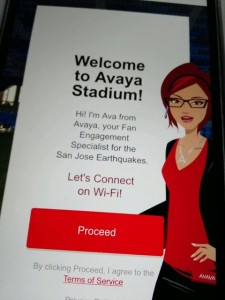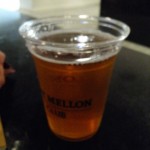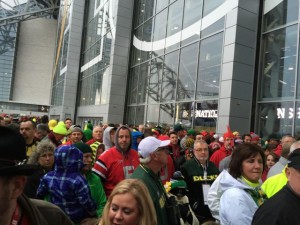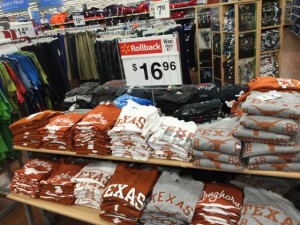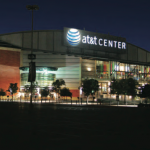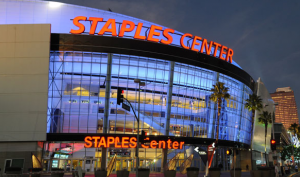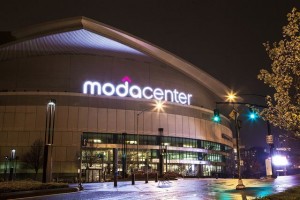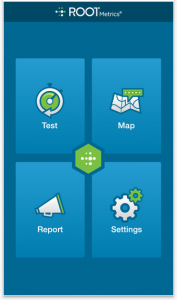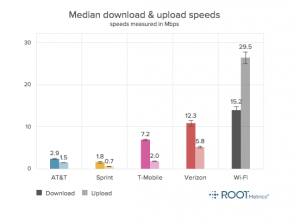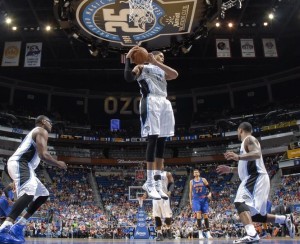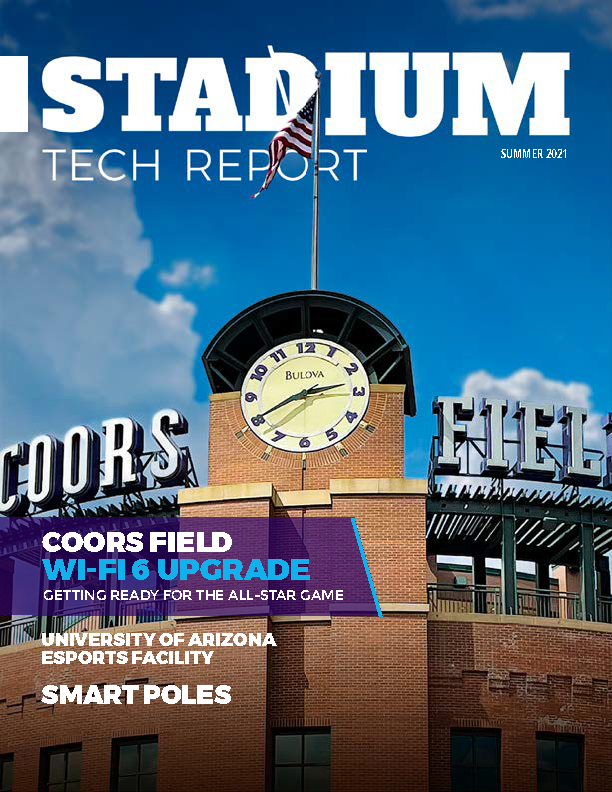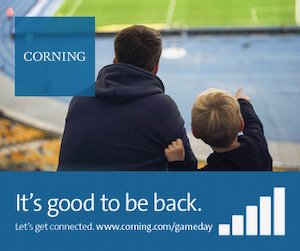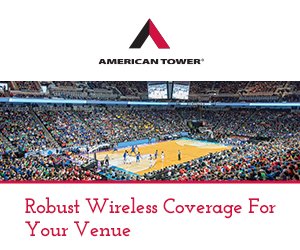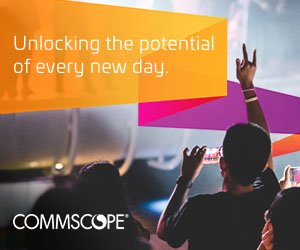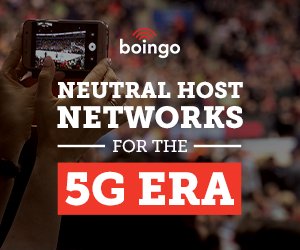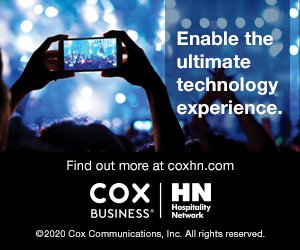In visiting various professional and top-level collegiate venues and interviewing representatives of other stadiums I continue to be impressed by the depth and breadth of technology deployments and of some apps that deliver advanced services, like Levi’s Stadium’s food delivery or the various live-replay systems in place at schools like Baylor and Nebraska, as well as at numerous pro venues. But I’ve yet to find a stadium, team or school with what seems like a simple thing to do — either to have a constantly updated “daily news” stream about game-day issues, or better yet, a rapid-response team on either social media or email to answer simple questions like, where should I park, and which gate should I go to?
Sometimes it seems like the simplest things are being overlooked when it comes to stadium technology, and I’m wondering why no such services seem to exist. Are they too costly? Or just not thought of as necessary? Or are stadium owners and operators not really paying attention to what happens on game day?
Why can’t all fans get the ‘suite’ treatment?
I don’t think the last question is true, since I did have the privilege of attending one Niners game at Levi’s Stadium this past season as the guest of app developer VenueNext, an experience that included a pass to the company’s corporate suite. As you can probably guess, having a suite-level pass is indeed a “suite” way to see a game. Almost all of your concerns and needs are taken care of, from the already paid-for drinks and food to the comfortable seating, and there is no shortage of stadium staff around to answer any questions you might have about where to go or how to find things.
Fans with “regular” passes, however, simply don’t have many similar options for assistance, especially outside the stadium gates, where perhaps help is most needed. I know teams and stadiums (like Levi’s) do a good job of making maps and guides available online, especially for season ticket holders, but those resources typically aren’t designed for viewing on mobile devices, especially in a low-connectivity or bright-sunlight outdoor situation. Others that are designed for mobile apps, like Avaya Stadium’s “Ava” character, only offer canned information, and not a question-and-answer service.Wouldn’t it be great to have a rapid-response Twitter handle or a regularly updated Twitter feed to answer questions like “where is the best place to park for seating in Section X,” or “which lots are less full,” or “which lots offer the fastest exit after the game?” Such a service could be incredibly helpful for the huge numbers of fans who only attend a small number of games, who might be making such decisions at the last minute and may have never been to the stadium before.
Feed me, keep me warm and dry
I really could have used such an informative service at the College Football Playoff championship game, which I was able to attend via a last-minute media invite from AT&T. Though my pass included access to the game (and more suite-level pampering) I didn’t have any special treatment getting to the event, so my game-day travel experience was probably very similar to many of the thousands of Ohio State and Oregon fans who had likely never been to AT&T Stadium before. Like many others, I decided to get to the stadium early, both to avoid any kind of parking crush and to bathe in whatever pre-game atmosphere might emerge. Three things I wasn’t prepared for came back to chomp me in the behind: Freezing cold weather, the lack of anywhere outside the stadium to get out of said cold weather, and the lack of any kind of online information to assist in the situation.
Though we were smart enough to grab lunch beforehand at a nearby bar and grill, my friend and media buddy Phil Harvey and I were only vaguely aware of the fact that the doors to the stadium weren’t going to open until 5:30 p.m., two hours before the scheduled game start, something we hadn’t really counted on when we drove over to park at 2 p.m. Our thoughts of being able to wander around and check out tailgate parties — or the underpublicized outdoor “festival” being put on by the NCAA and its sponsors — were negated by the chilling, biting wind, which whipped mercilessly throughout the acres of parking lots surrounding the stadium.Like many others that day, we wound up spending some unplanned shopping time in the nearby Walmart, mainly to get out of the chill. We also ended up being frustrated with thousands of our newest closest friends, when the ticket gates apparently opened at 4:30 — only to find ourselves “in” the event (having gone through security and ticket checking) but still outside the doors, jammed onto the outdoor patios where we had to wait for another hour. The only good part of being crushed cheek to jowl is that being packed together did help keep all of us somewhat warmer.
Sure, we should have been smarter and maybe asked more questions beforehand but during the hours of unpleasantness all I could think of was why someone from the game or venue wasn’t outside watching what was going on, or doing anything to help rectify the situation. Even a simple official message of “we aren’t opening the doors for two more hours — here are a list of nearby restaurants you can walk to” would have been extremely helpful advice.Maybe the CFP game was an outlier situation — lots of people who had never been to the venue before — but I’m guessing the situation isn’t that unique, especially for “big” events like playoffs or championships. And especially when it comes to extreme weather conditions, it just seems to make sense to have some kind of continually updated “at the game” news service that is well advertised and easily found, so that when a crisis situation emerges, fans know where to turn for trusted information.
Do any such services exist? Are there teams out there already doing this in a fashion that works? Let me know here, or we can have a discussion over on Twitter, where you can find me under the @PaulKaps handle.
